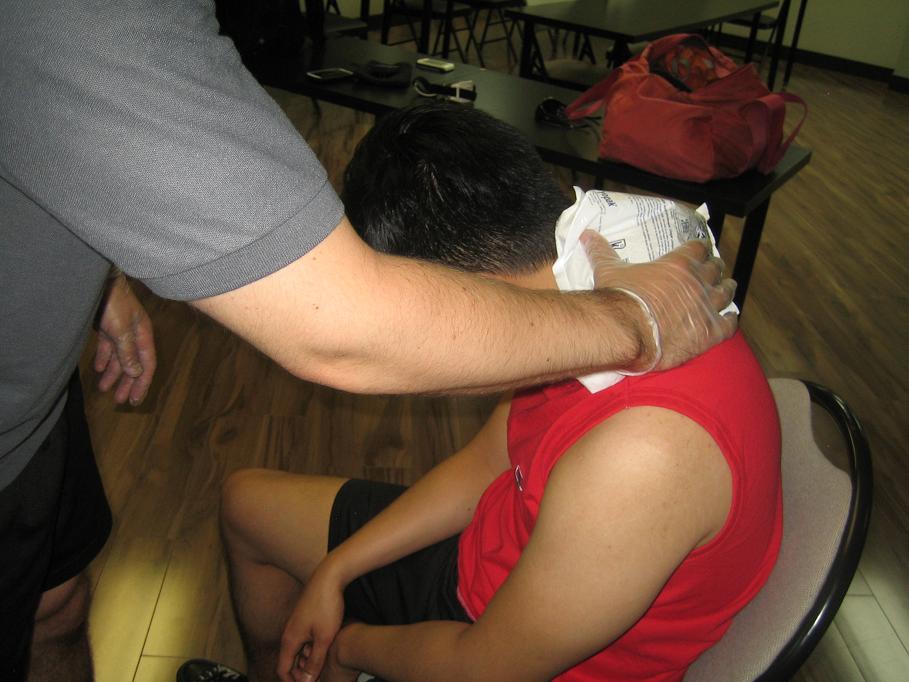A heat pack is utilized to preserve warmth close to the body in order to provide comfort or as a form of therapy for various injuries. Heat packs are highly effective in relaxing tense muscles or to minimize pain experienced by an individual. Those who have diabetes and neuropathy or has diminished sensitivity in the feet might end up with burns when heat packs or hot water bottles are used.
Types of heat packs
Heating pads
Heating pads are considered safe and effective in delivering heat. The temperature stays constant as long as the pad is plugged in. Most of the available pads in the market have settings that will allow changing the temperature range such as low, medium and high.
When it comes to a heating pad, it is relatively safe to use in most cases since it will not reach temperatures hot enough to cause burns on the skin.
Warm compress

A simple towel or washcloth that was immersed in warm water and placed over an affected area is already considered as a heat pack. This is commonly called as a warm compress and provides moist heat deep into the affected tissue. Just remember though that a warm compress tends to lose heat rapidly and requires reheating every few minutes for it to be effective.
Hot water bottle
A hot water bottle is also a type of heat pack that is highly effective just like with other sources of heat in minimizing pain in the joints as well as relaxing sore ligaments, muscles and tendons. They are usually made out of soft plastic or rubber and filled with hot water and sealed securely. The warm water must be changed every 20-30 minutes.
Heat wraps
Heat wraps can be applied around the waist, neck or legs. Take note that these wraps can be worn under clothing. The heat wraps are highly effective in managing neck stiffness, leg strains or back tension. It is vital to take care when warming any product in the microwave since overheating can cause burns on the skin. If you are planning to use heat wraps, always follow the packaging instructions.
Gel packs
Generally, gel packs are considered as the latest type of heat packs and readily available in the market. These are plastic pouches that are filled with gel that can be heated using a microwave. Take note that these gel packs should be reheated every half hour.
Rice in a sock
There is also a homemade heat pack that you can quickly prepare at home. All you need is rice that is warmed in a microwave. The first step is to fill a towel or sock using rice. Close it using a string and microwave for 1-2 minutes. Avoid using instant or quick-cook rice since these types might explode when heated in the microwave.
FACT CHECK
https://en.wikipedia.org/wiki/Heating_pad
https://physioworks.com.au/treatments-1/heating-pads
https://www.healthline.com/health/chronic-pain/treating-pain-with-heat-and-cold

